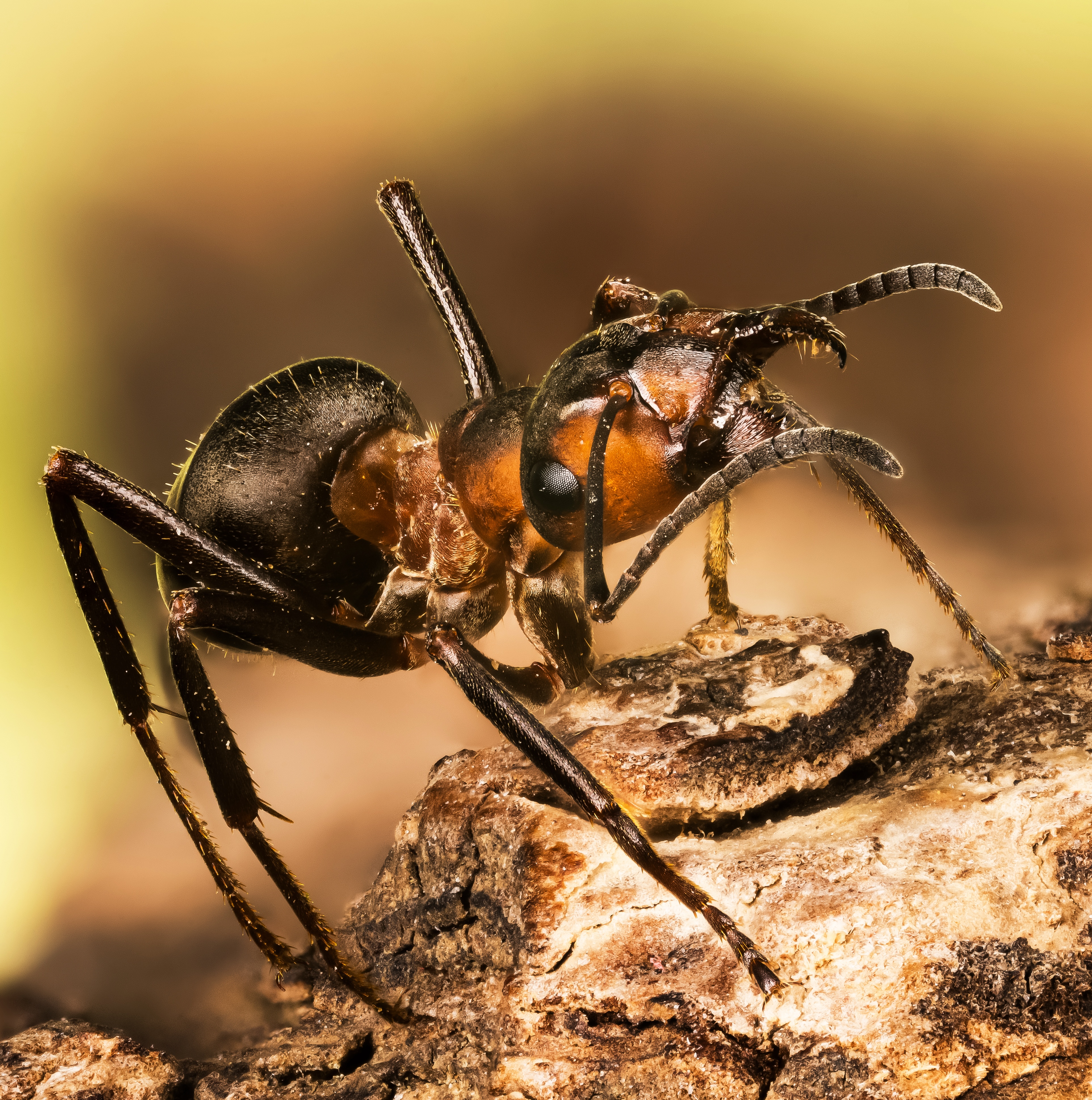Ian Morton
-

Who was the real St Crispin, and what did he have to do with the Battle of Agincourt?
You have questions about Shakespeare's most famous speech. We have answers.
By Ian Morton Published
-

Bay watch: Why laurel leaves have done everything from crown emperors and Olympic champions to flavouring stews
Not many plants can claim a place both on the haughty brow of an emperor and in the humble stew pot, says Ian Morton, as he looks at the laurel tree.
By Ian Morton Published
-
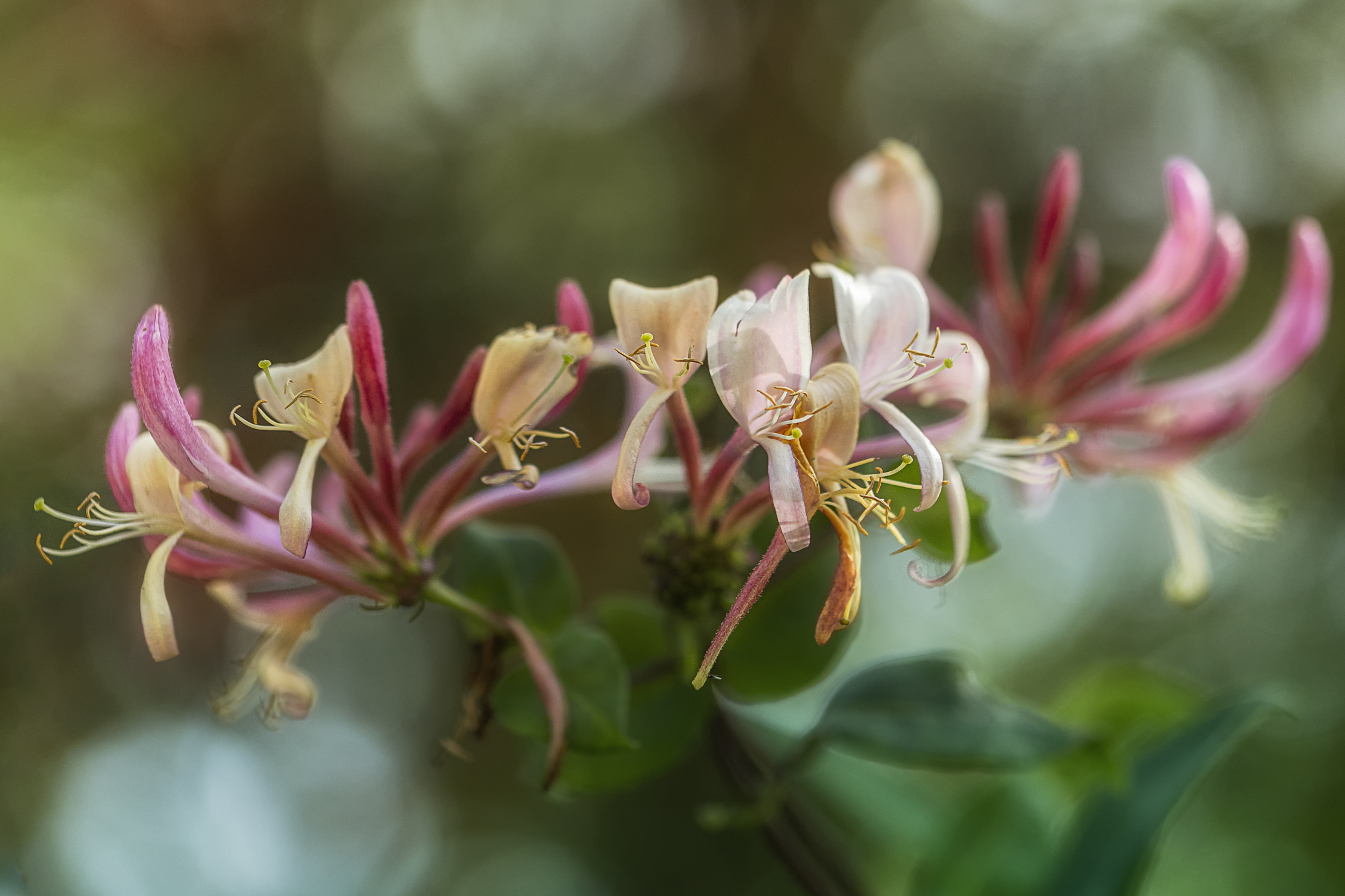
Honeysuckle: The woodbine with a scent so powerful it would inspire erotic dreams
Much has been written about the honeysuckle, of which little is true. What is it about the fragrant Lonicera that inspires such absurd conjecture, wonders Ian Morton.
By Ian Morton Published
-
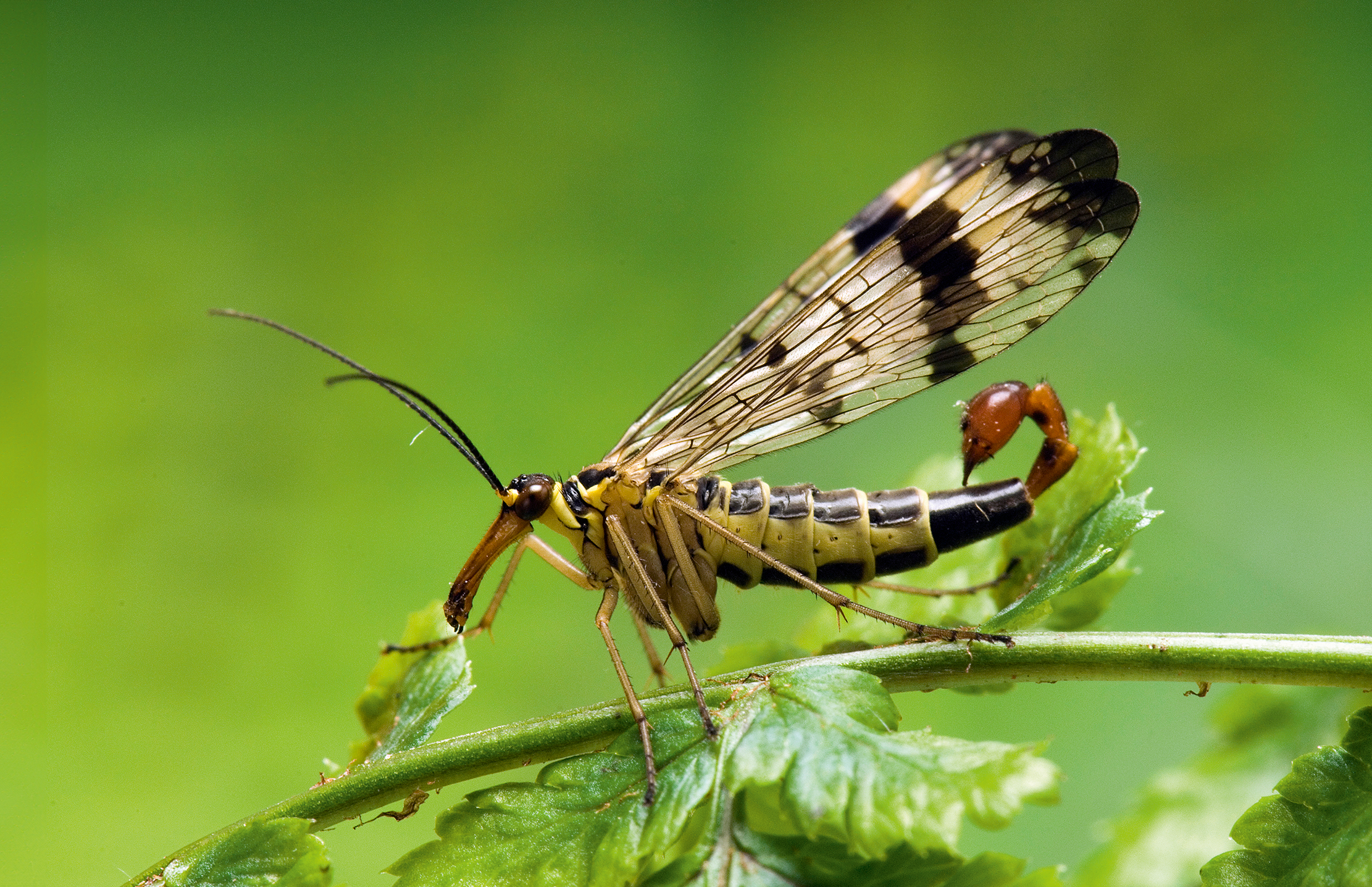
Britain's creepiest crawlie? The 250-million-year-old Scorpion Fly
A living prehistoric relic, the scorpion fly is a permanent guest at the ugly-bug ball, says Ian Morton.
By Ian Morton Published
-
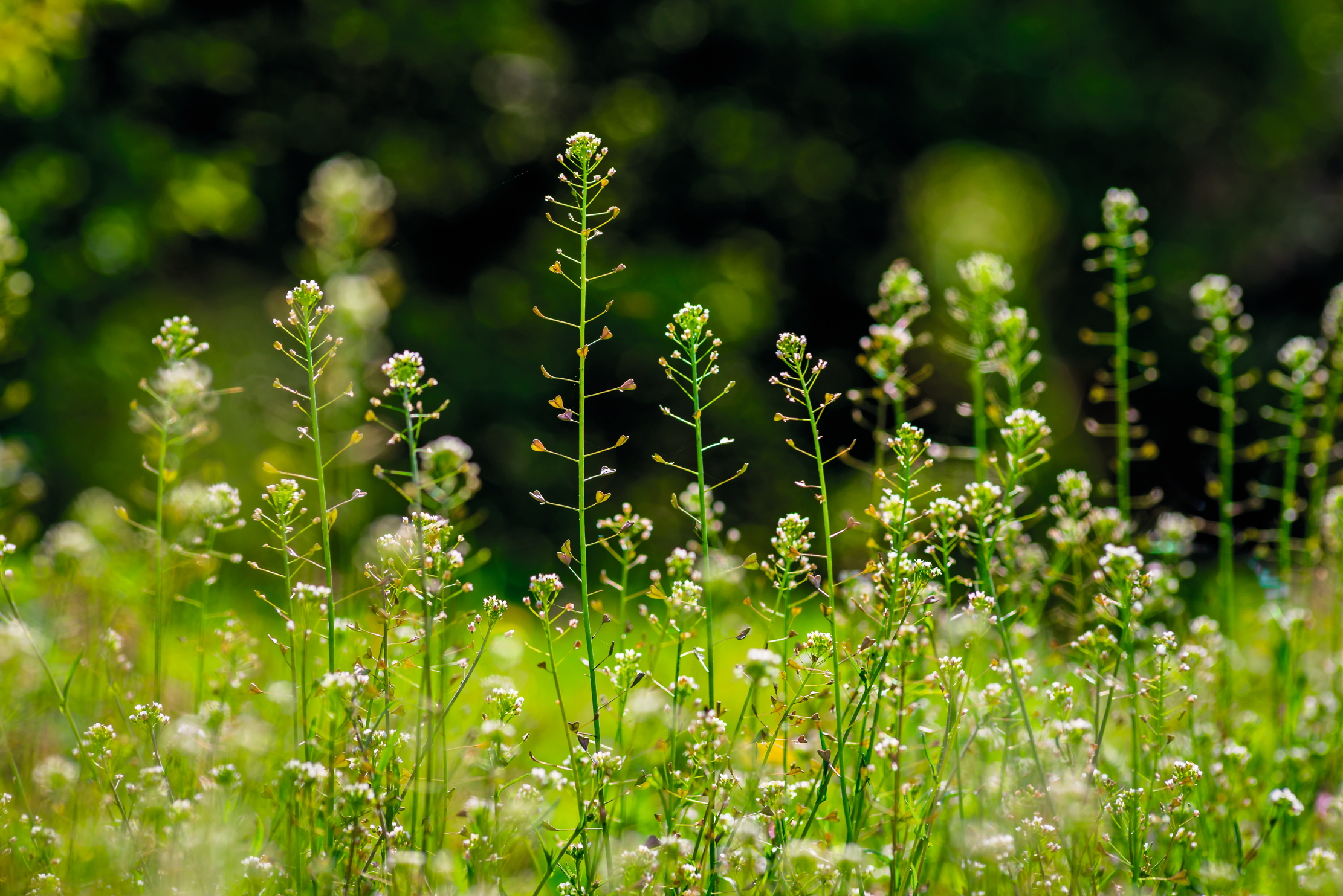
The neglected weed with 100 different names that 'deserves more than a passing thought'
Shepherd's purse is a common sight in our hedgerows, but there is much more to this plant than what meets the eye.
By Ian Morton Published
-
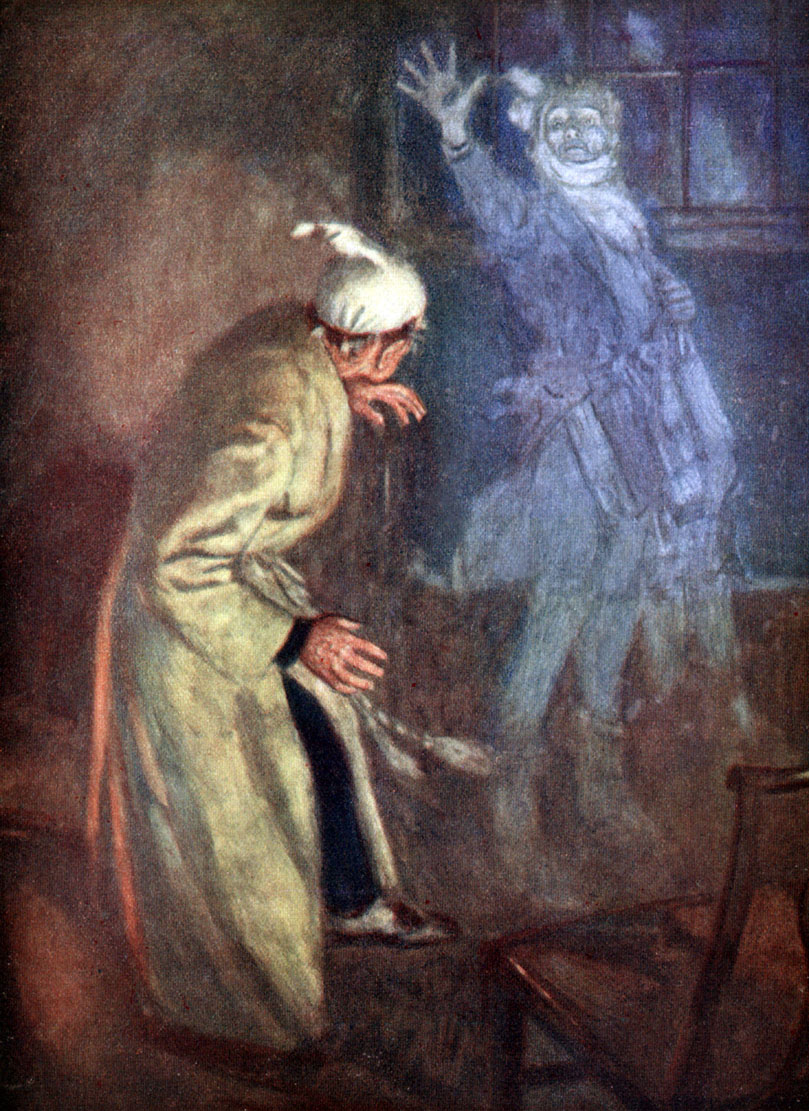
The real Ebeneezer Scrooge who inspired Charles Dickens was actually 'noted for his generosity, jovial disposition and appetite'
Ian Morton explores the runaway success of the Dickens Christmas classic and reveals the 'real' Ebenezer Scrooge, who was far from a mean man.
By Ian Morton Published
-
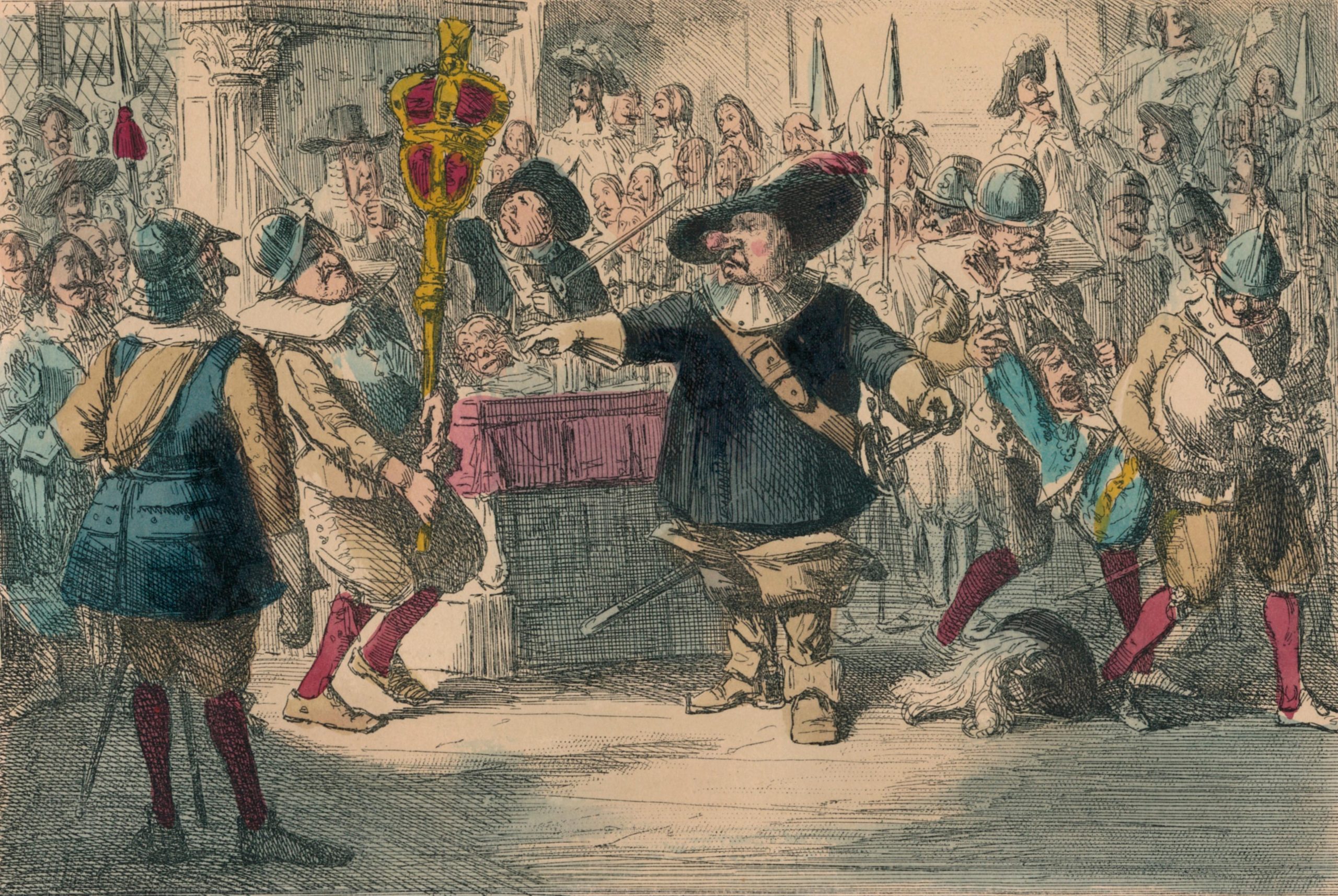
When England cancelled Christmas
No feasting. No drinking. No celebrations. Ian Morton explores what the festive period was like when Oliver Cromwell’s Christmas clampdown gripped the nation.
By Ian Morton Published
-
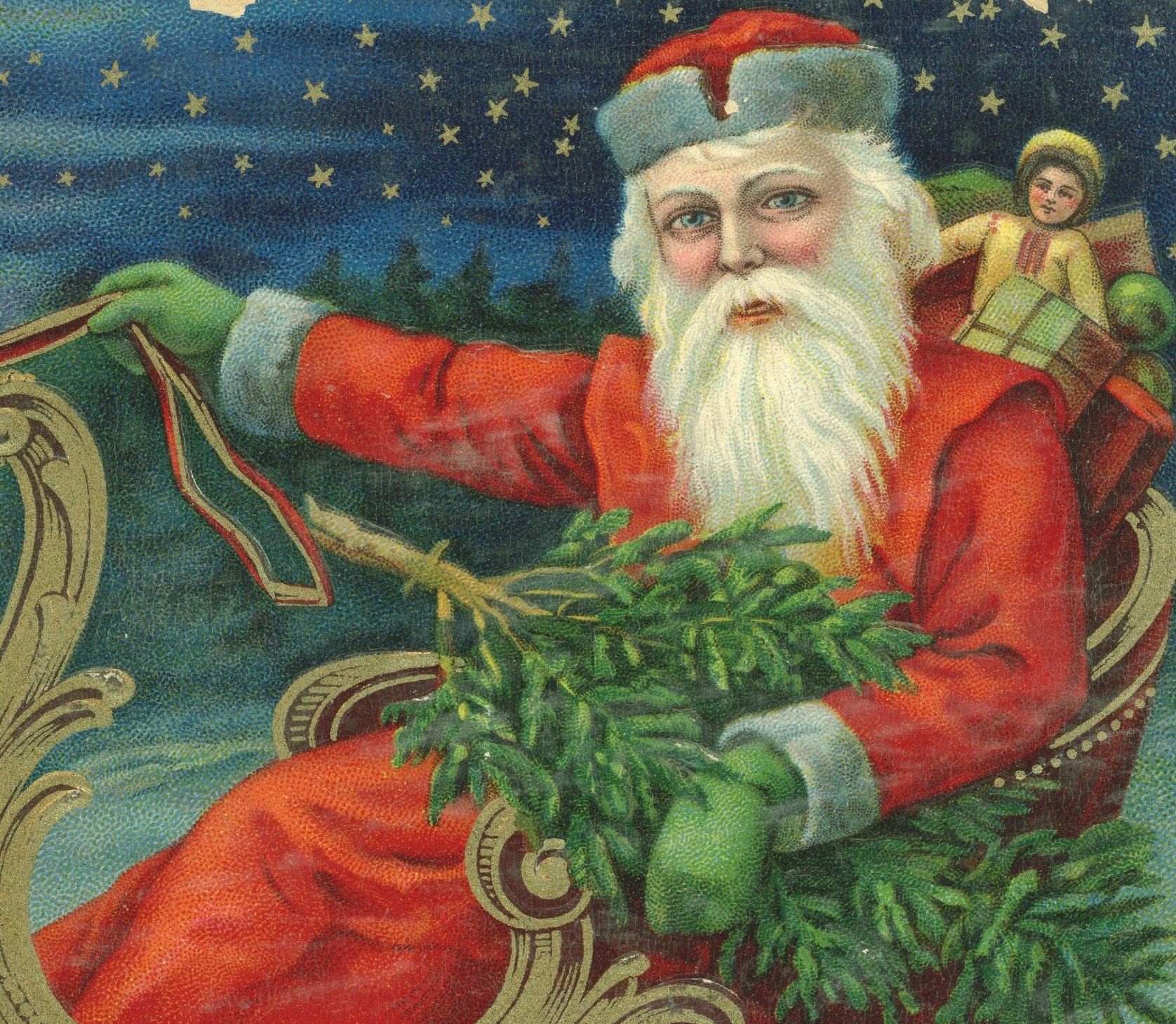
Not so jolly old St Nicholas? The dark side of Santa
Father Christmas may be the rosy-cheeked, jolly character who personifies the fun of the festive season, but he’s had to overcome a few setbacks on the way, notes Ian Morton.
By Ian Morton Published
-
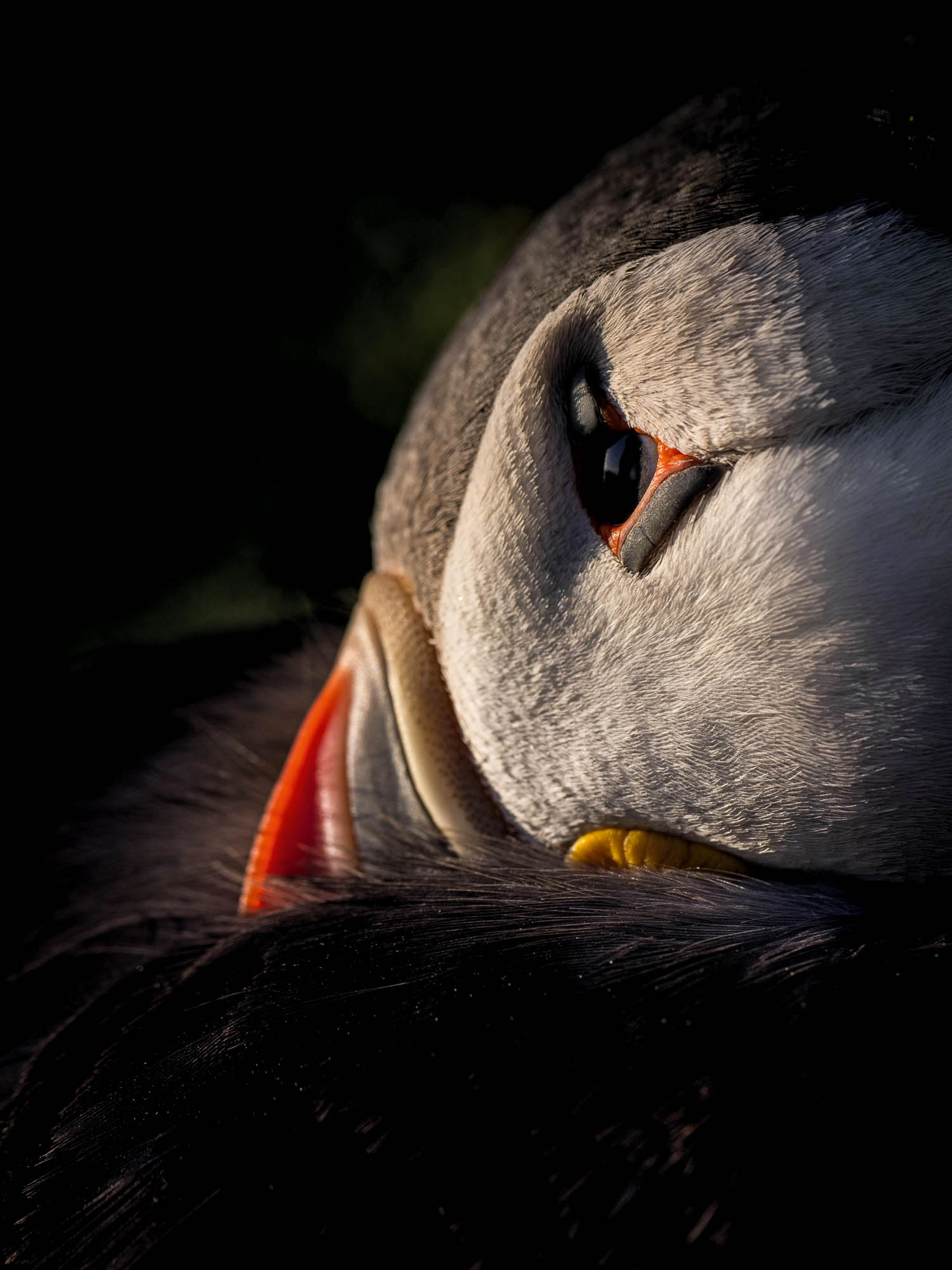
Puffins: The clowns of the sea
It might look adorable, but the stumpy and dangerously endangered puffin is a ruthlessly efficient fish killer that’s so hellbent on finding its family a home, it will chase rabbits out of their own burrows, observes Ian Morton. Photographs by Drew Buckley.
By Ian Morton Published
-
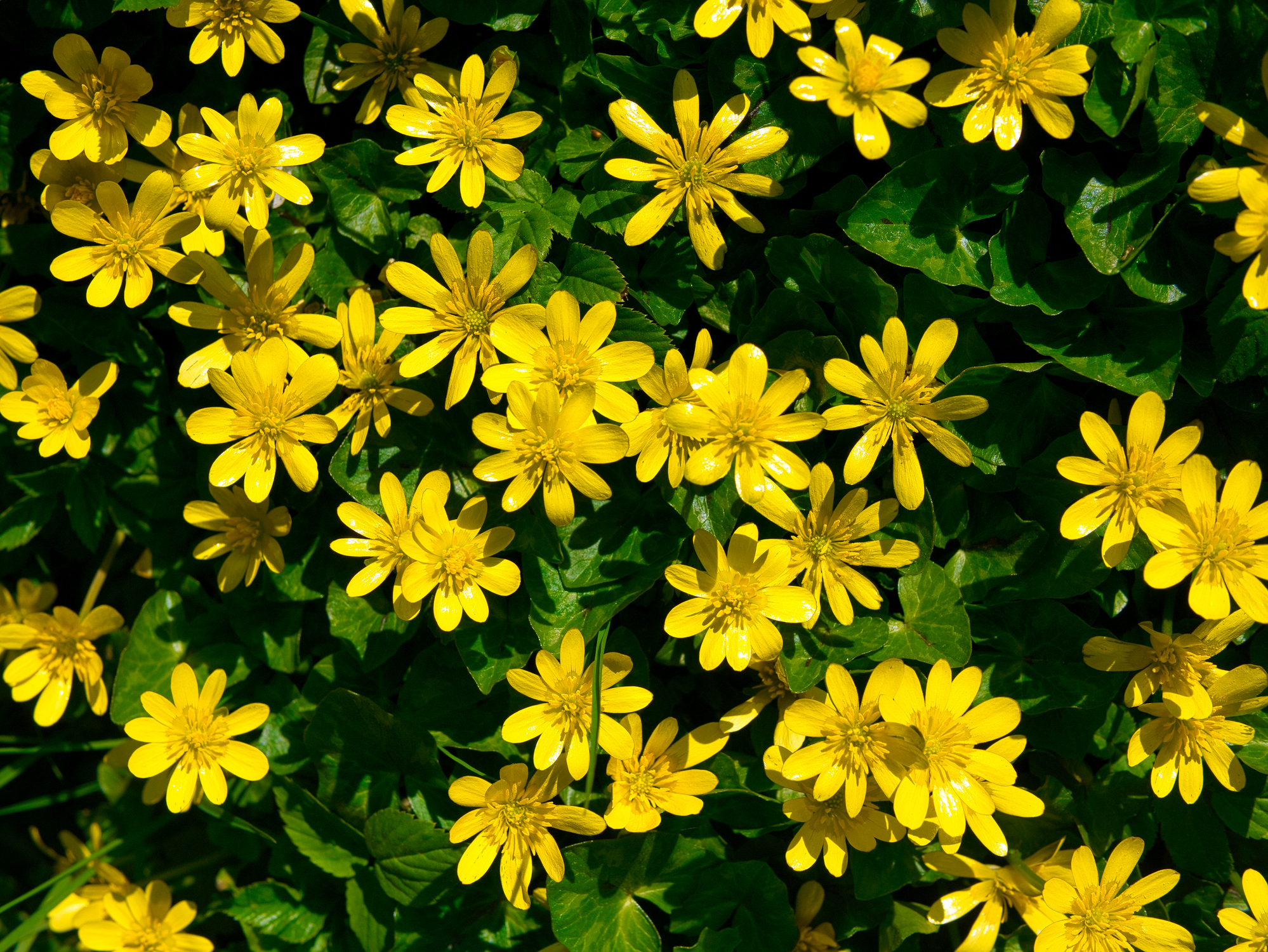
Celandine: The delicate flower, harbinger of spring, which Wordsworth thought more beautiful than daffodils
Lauded by Wordsworth for their ‘glittering countenance’, the appearance of the first celandines and the swallow’s return to our shores are Ian Morton’s favourite, and much anticipated, harbingers of spring.
By Ian Morton Published
-
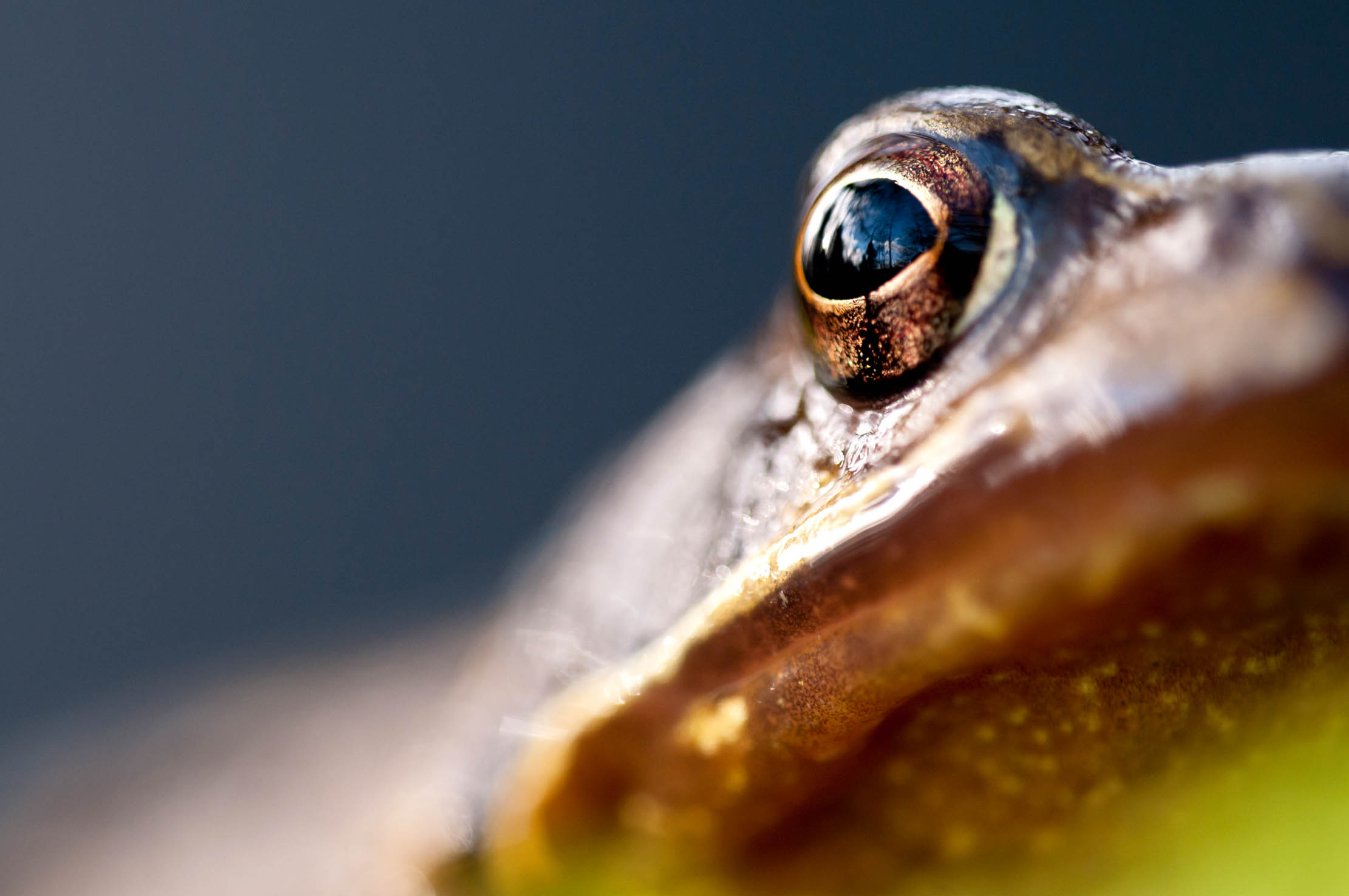
Frogs: Why we love them, why we don't, and the real-life Kermit frog
Once a symbol of fertility and more recently a figure of fun, the frog has always loomed large in folklore, and not only as a means of finding a prince.
By Ian Morton Published
-
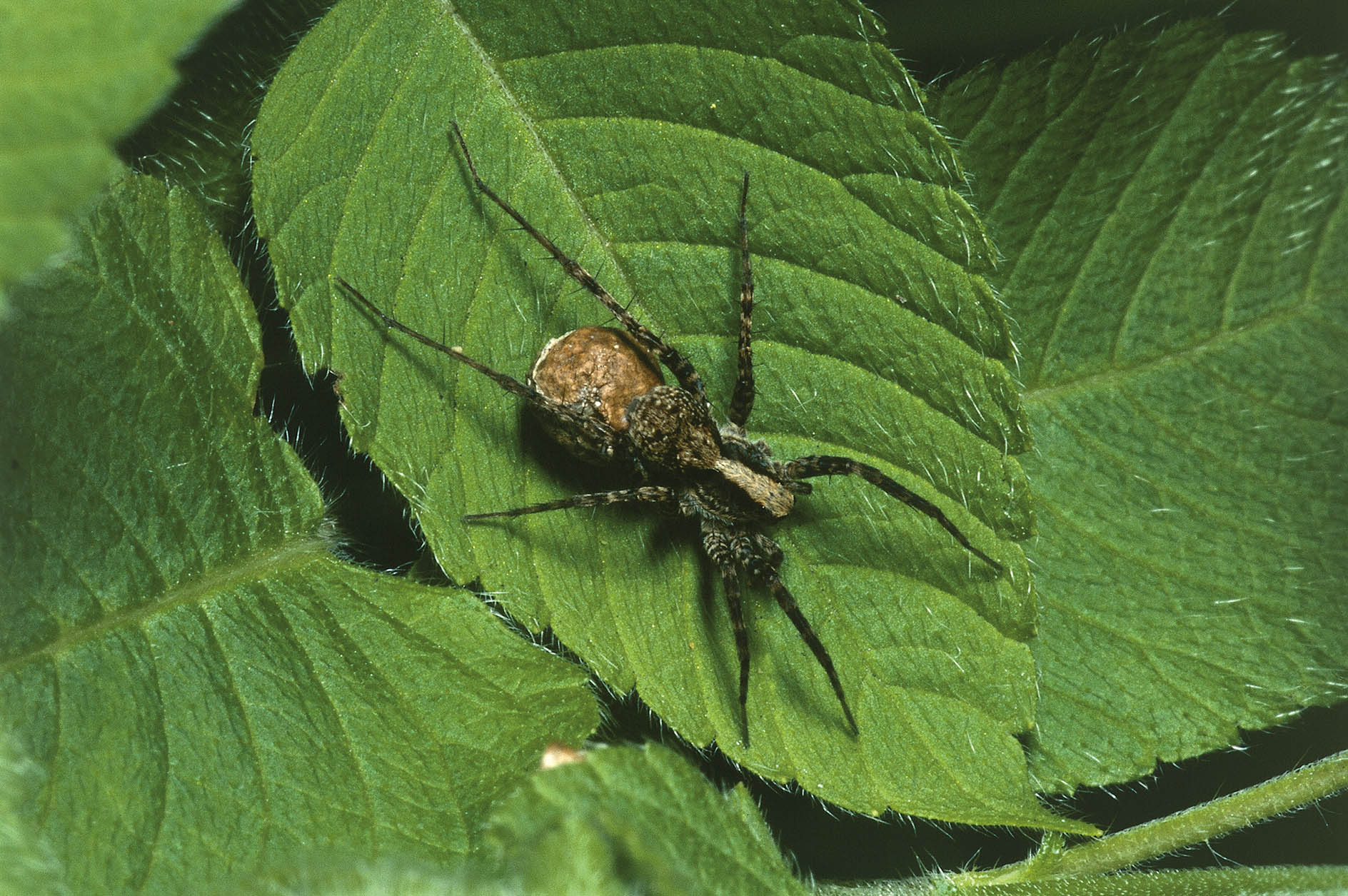
The 10 spiders you'll find in the houses and gardens of Britain this Autumn
It's the time of year that you'll find spiders inviting themselves into your home — but what are they? Ian Morton runs down 10 spiders you'll spot in Britain.
By Ian Morton Published
-
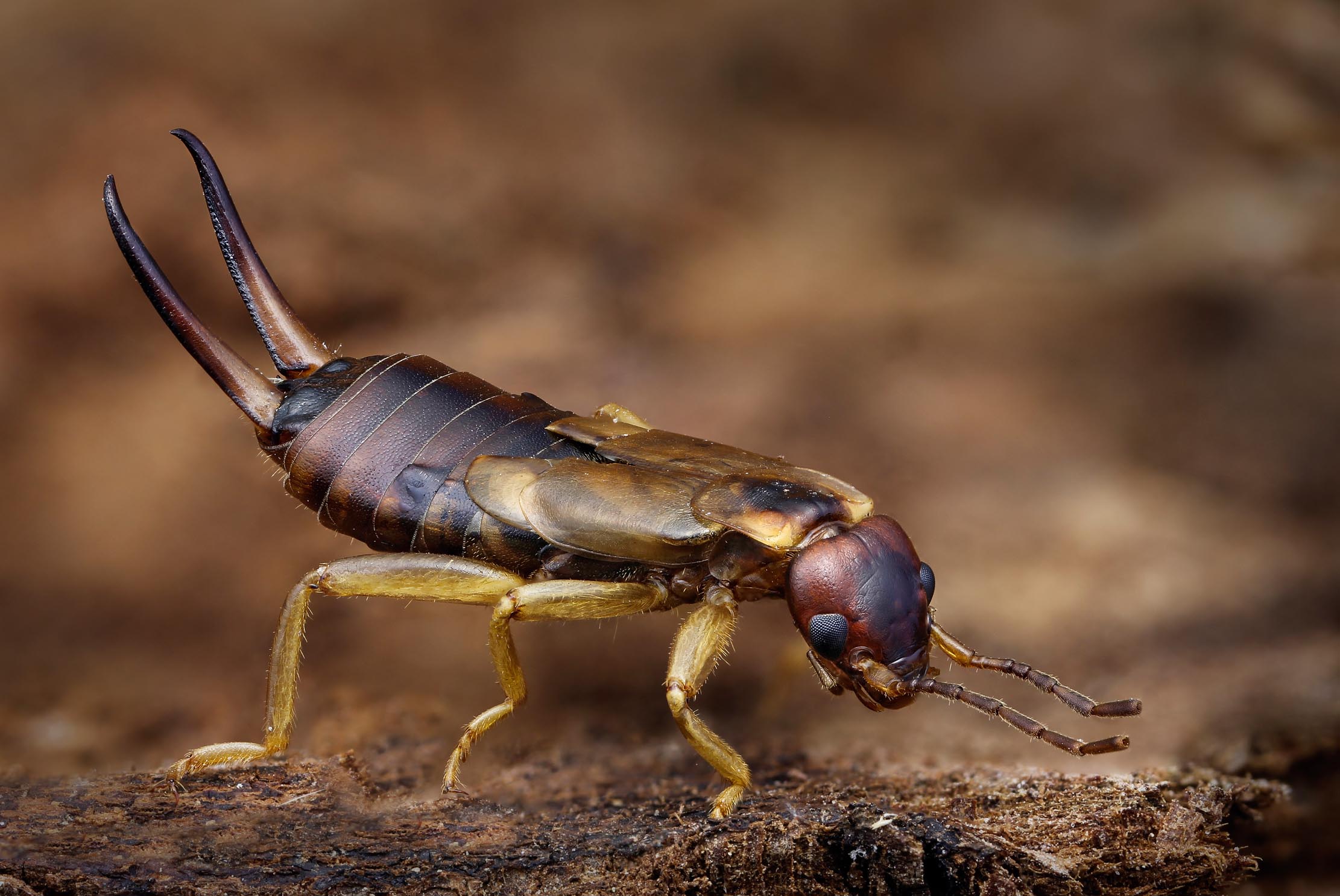
Curious Questions: Do earwigs go in your ears?
For centuries earwigs were believed to be adept at entering our ears so as to lay eggs in the brain, sending us mad — but as Ian Morton finds, no creature has been more unfairly condemned. He celebrates this curious creepy crawlie in all its glory.
By Ian Morton Published
-
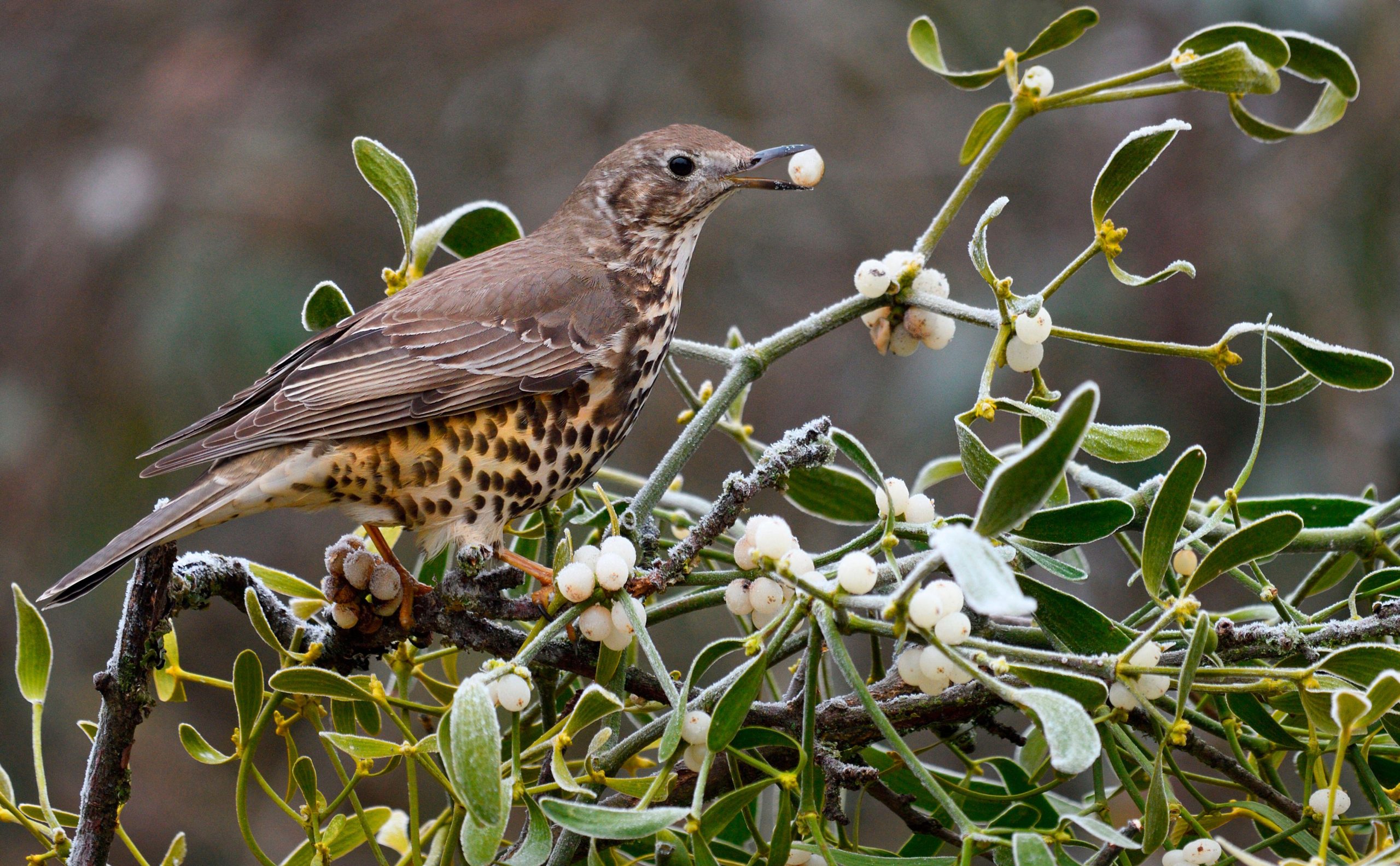
Curious Questions: Why do we kiss under the mistletoe?
Peaking at Christmas, regard for mistletoe is deeply rooted in myth and legend, finds Ian Morton – not to mention the age-old tradition of kissing underneath it.
By Ian Morton Published
-
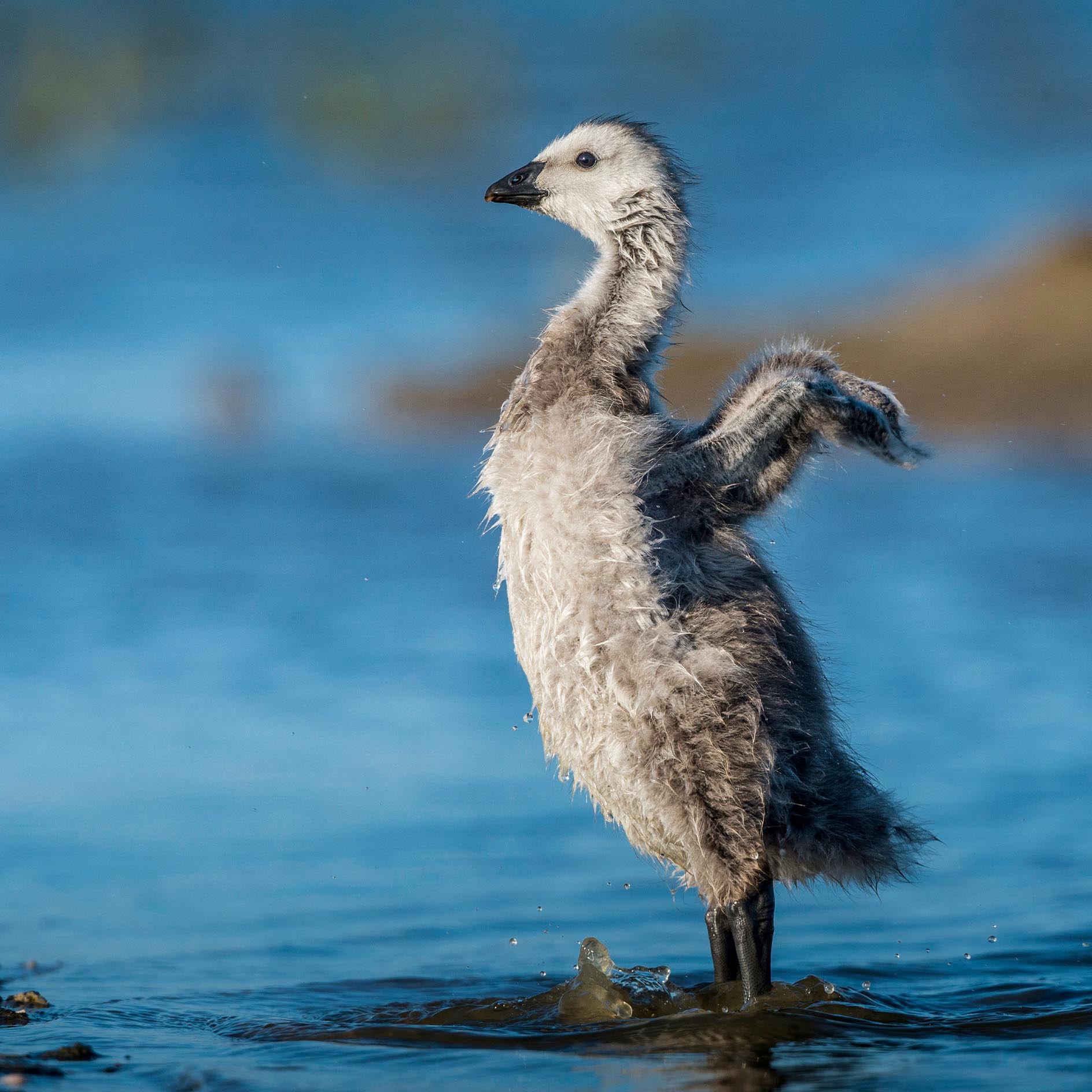
Barnacle Geese: The curious tale of the bird which people believed grew on trees
A curious set of coincidences surrounding barnacle geese prompted our forebears to draw some strange conclusions about where Branta leucopsis came from — generating myths that lasted centuries, as Ian Morton discovers.
By Ian Morton Published
-

2,000 years of the dock leaf
Generations have sworn by dock leaves to take the sting out of a brush with stinging nettles — but modern medicine disagrees. Ian Morton explains more as he delves into the history and lore of this plant.
By Ian Morton Published
-
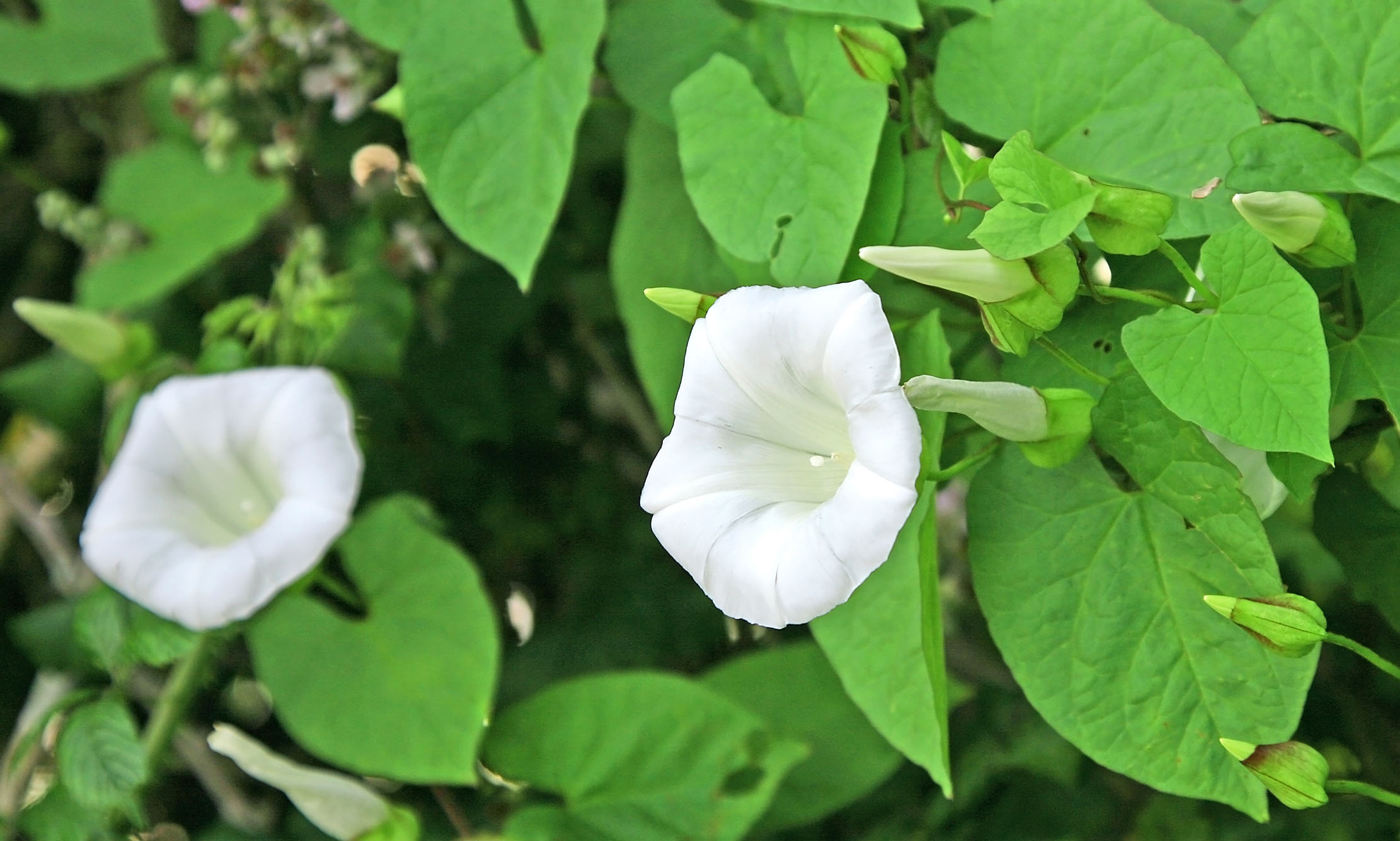
How to get rid of bindweed
Although treasured by children for the pop of those white trumpet flowers, bindweeds are no friend to gardeners, says Ian Morton. He takes a look at the history of this plant — and explains how to get rid of bindweed forever.
By Ian Morton Published
-
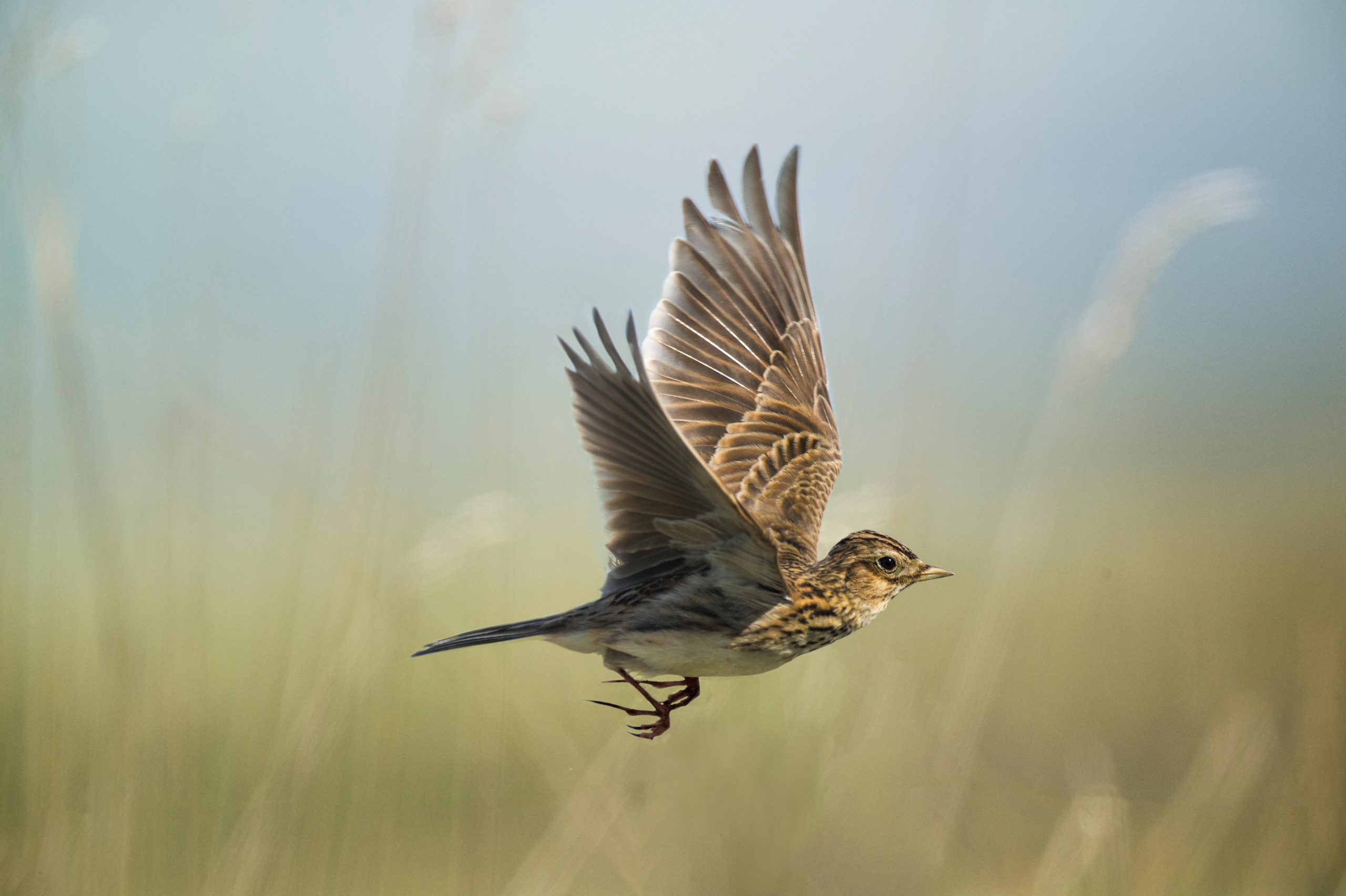
Skylarks: the birds that inspired countless poets and one of Britain's most revered music pieces
Hailed by Shelley as a ‘blithe spirit’ this brave little bird needs more farming friends, finds Ian Morton.
By Ian Morton Published
-
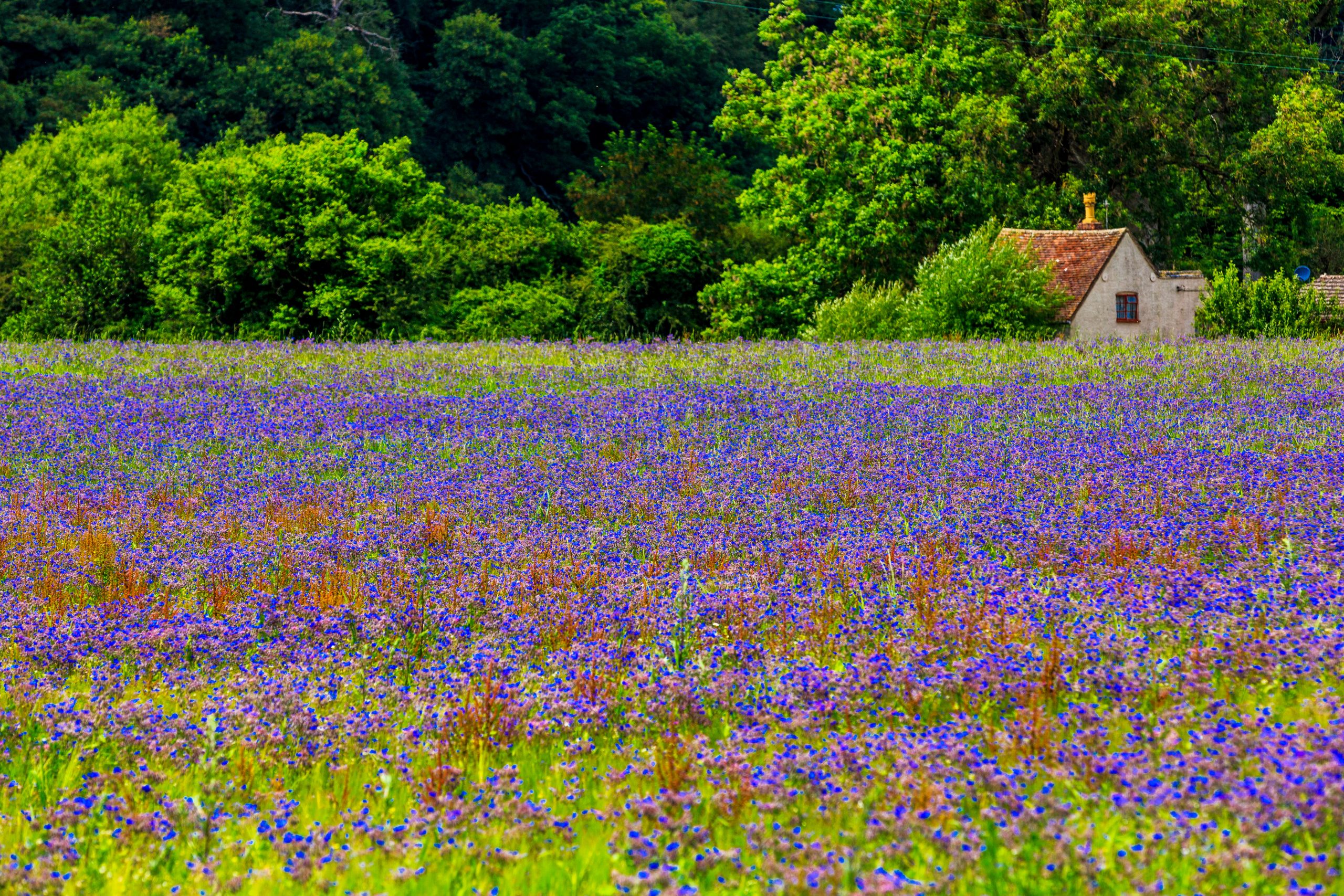
Borage: The Pimm's decoration that powered the Crusaders and lifted 'dusky melancholie'
Once considered so sacred that Druids consecrated their weapons with its starflower petals before battle, borage deserves more recognition, says Ian Morton.
By Ian Morton Published
-
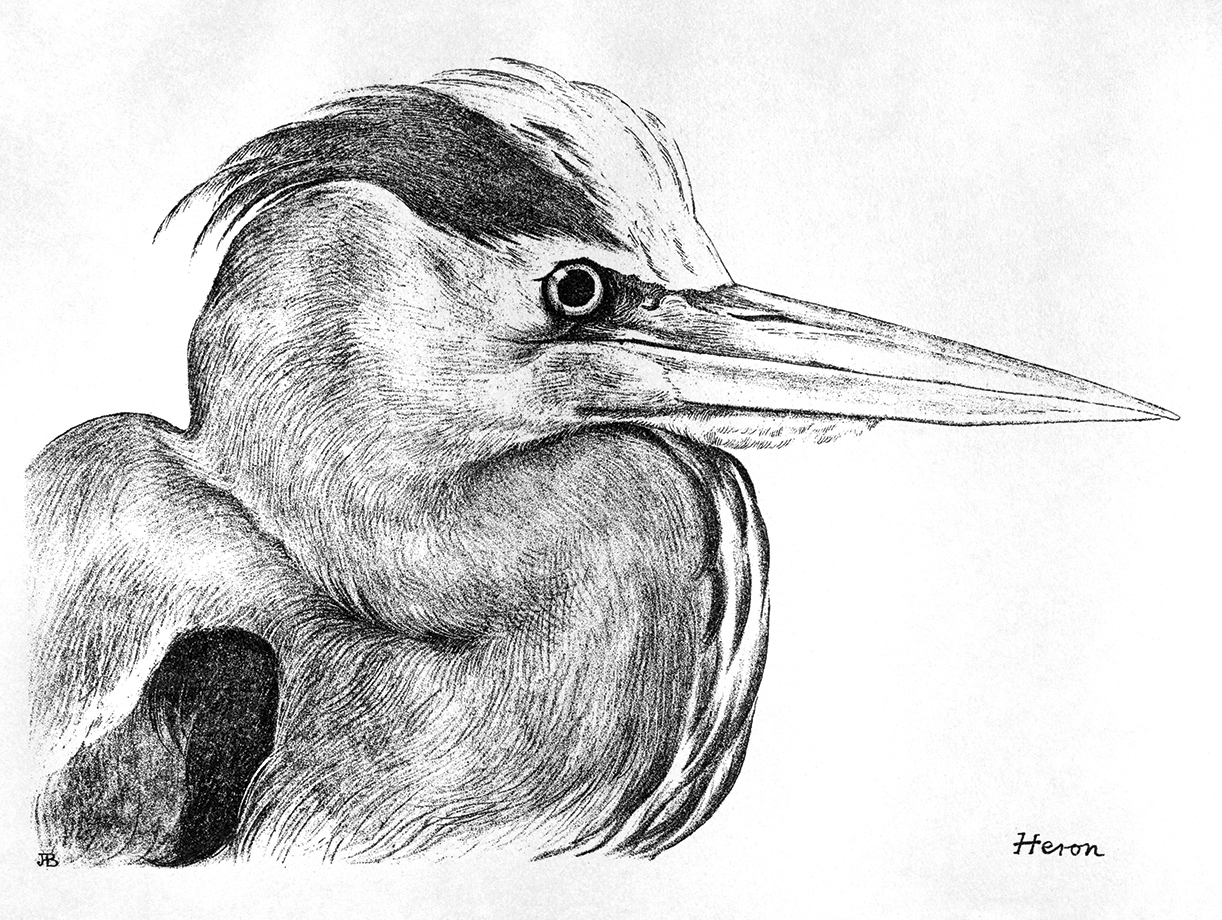
In Focus: Jemima Blackburn, the extraordinary artist of nature who became the real-life Jemima Puddle-Duck
Once regarded as a rival to Bewick and Audubon, but now largely forgotten, ornithological artist Jemima Blackburn (1823–1909) was a formative influence on the young Beatrix Potter. Ian Morton takes a closer look.
By Ian Morton Published
-
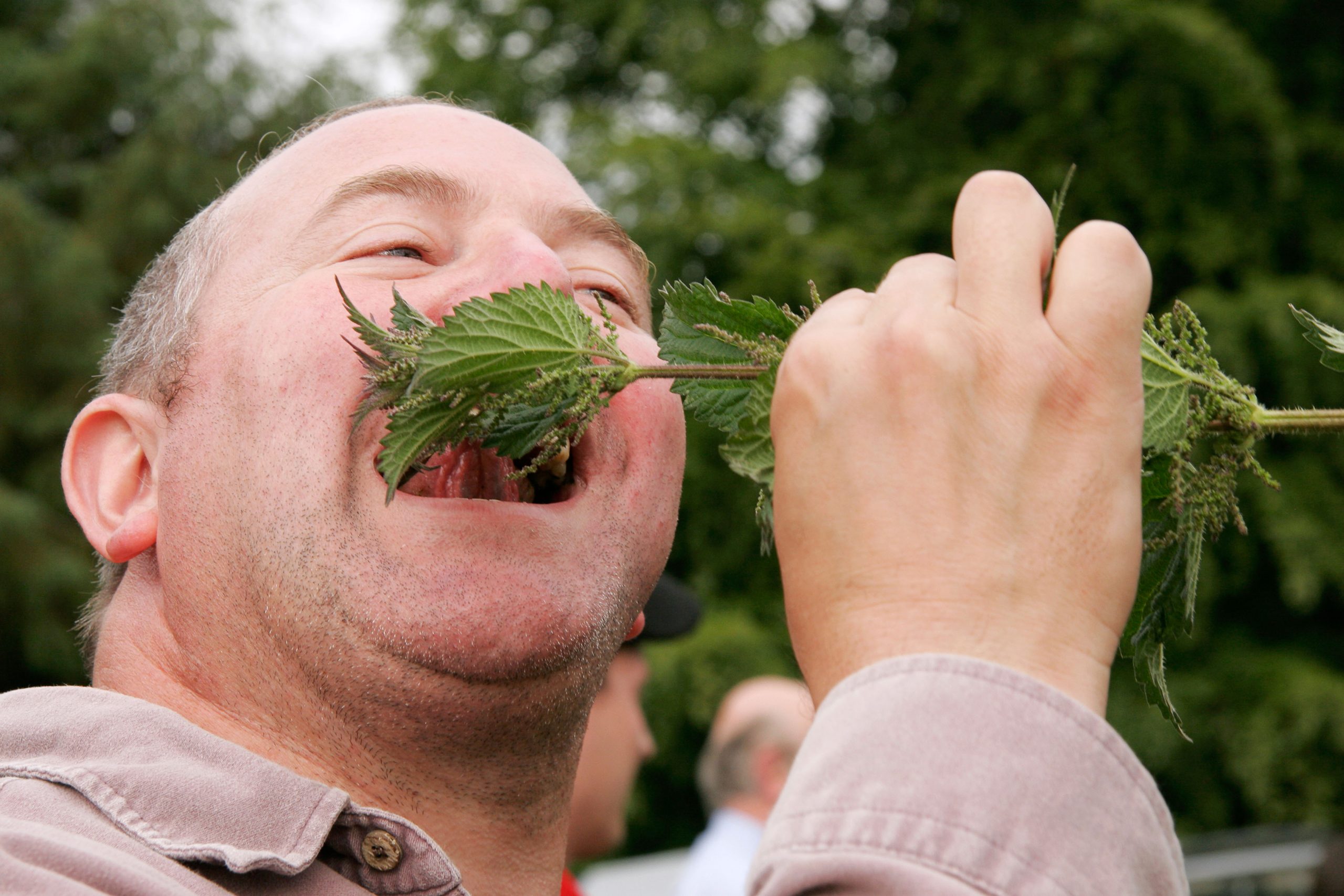
Curious Questions: How, and why, do people eat stinging nettles?
Every summer, people from around the world gather at a pub in Devon for the World Nettle Eating Championship. But why? And how? Ian Morton takes a look, and delves into the strange history of this viciously-stinging yet ubiquitous plant.
By Ian Morton Published
-
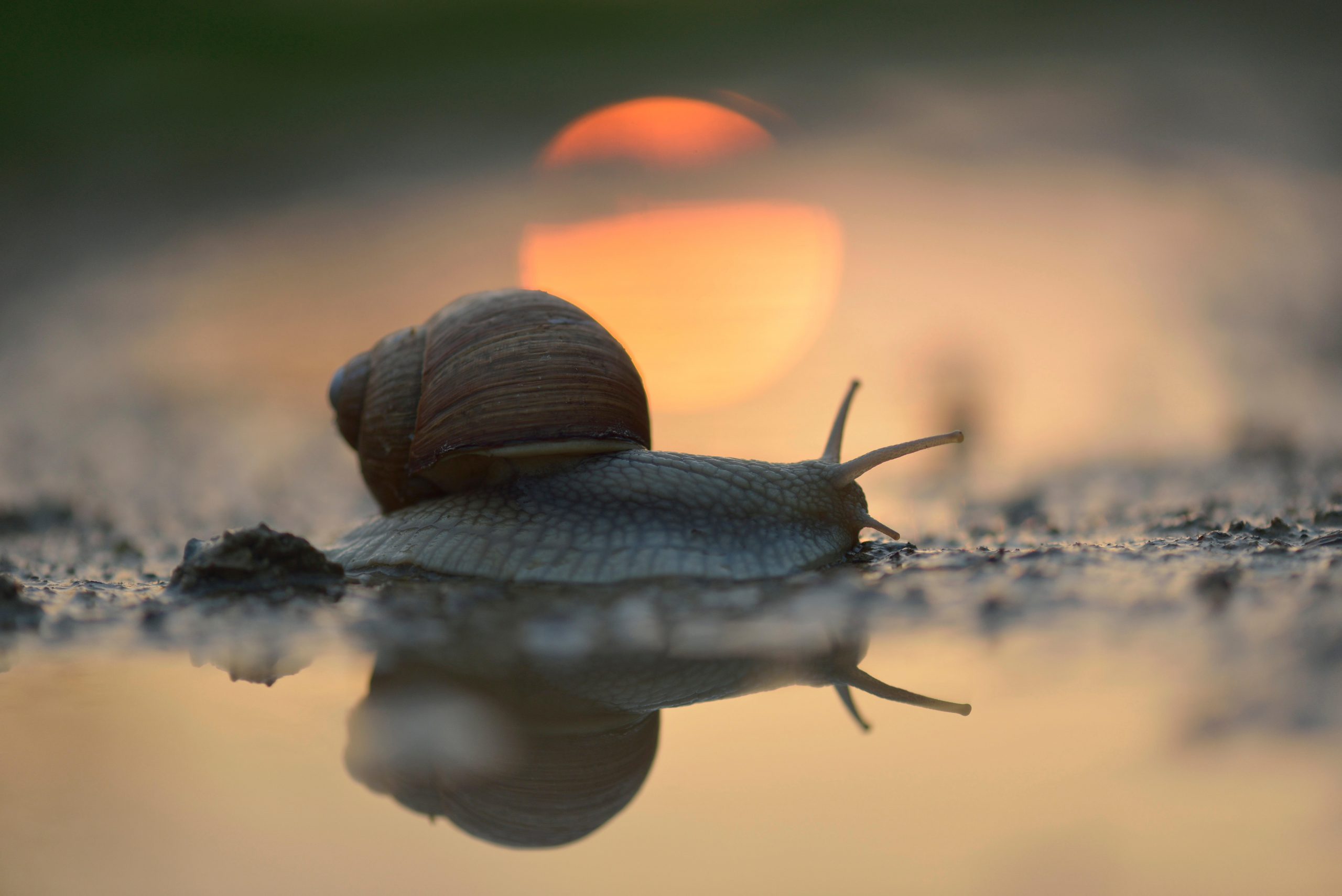
A simple guide to Britain's snails
How many snails do you think there are in your garden — a dozen maybe? Twenty? Try several thousand. Here's how to tell what they are.
By Ian Morton Published
-
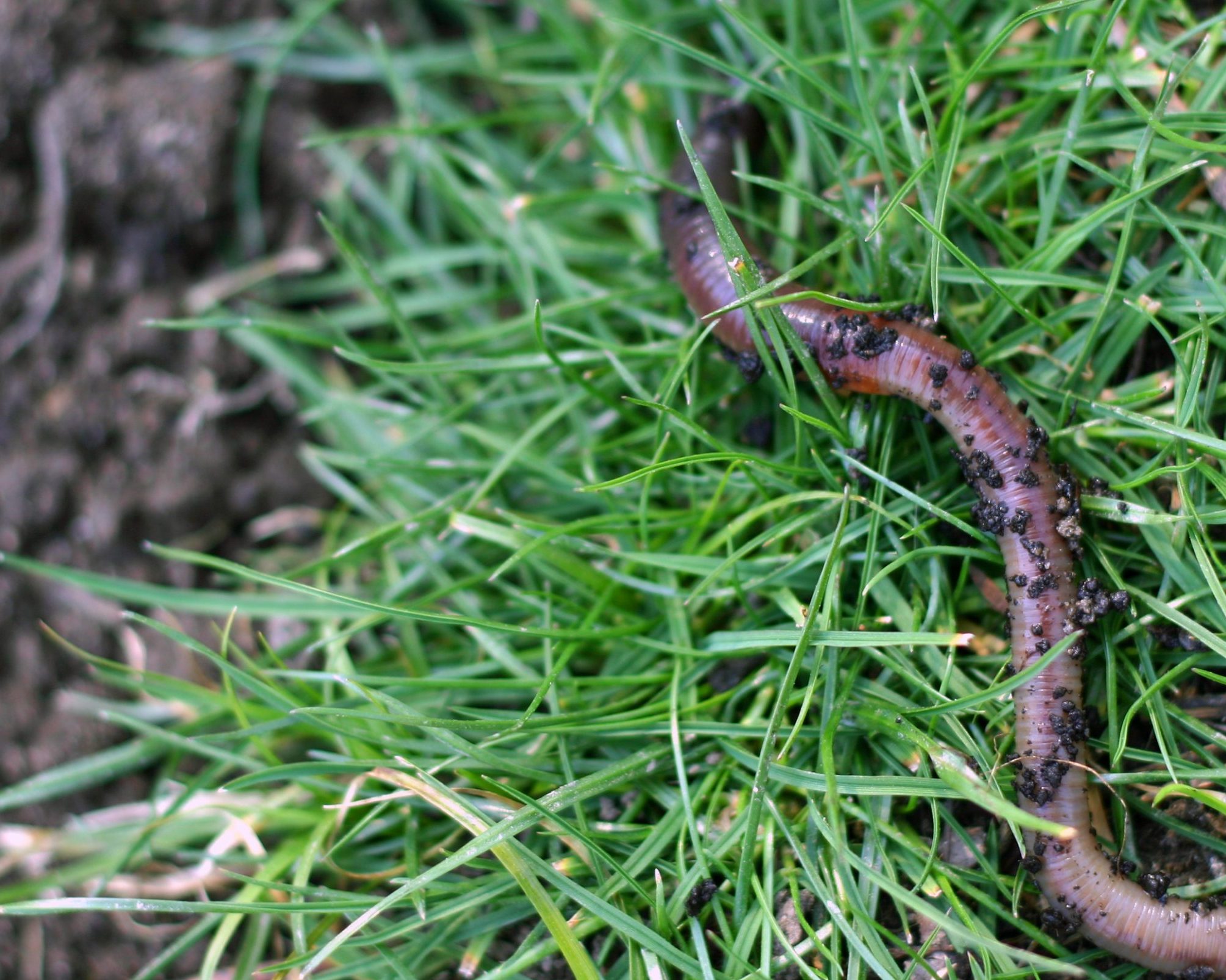
An ode to the worm: ‘The intestines of the earth‘, 6,000 species, 600 million years old and undeniably valuable
Lauded by Aristotle as the ‘intestines of the earth’, the 1.75 million worms found in each acre of fertile arable land deserve the utmost respect, says an admiring Ian Morton.
By Ian Morton Published
-
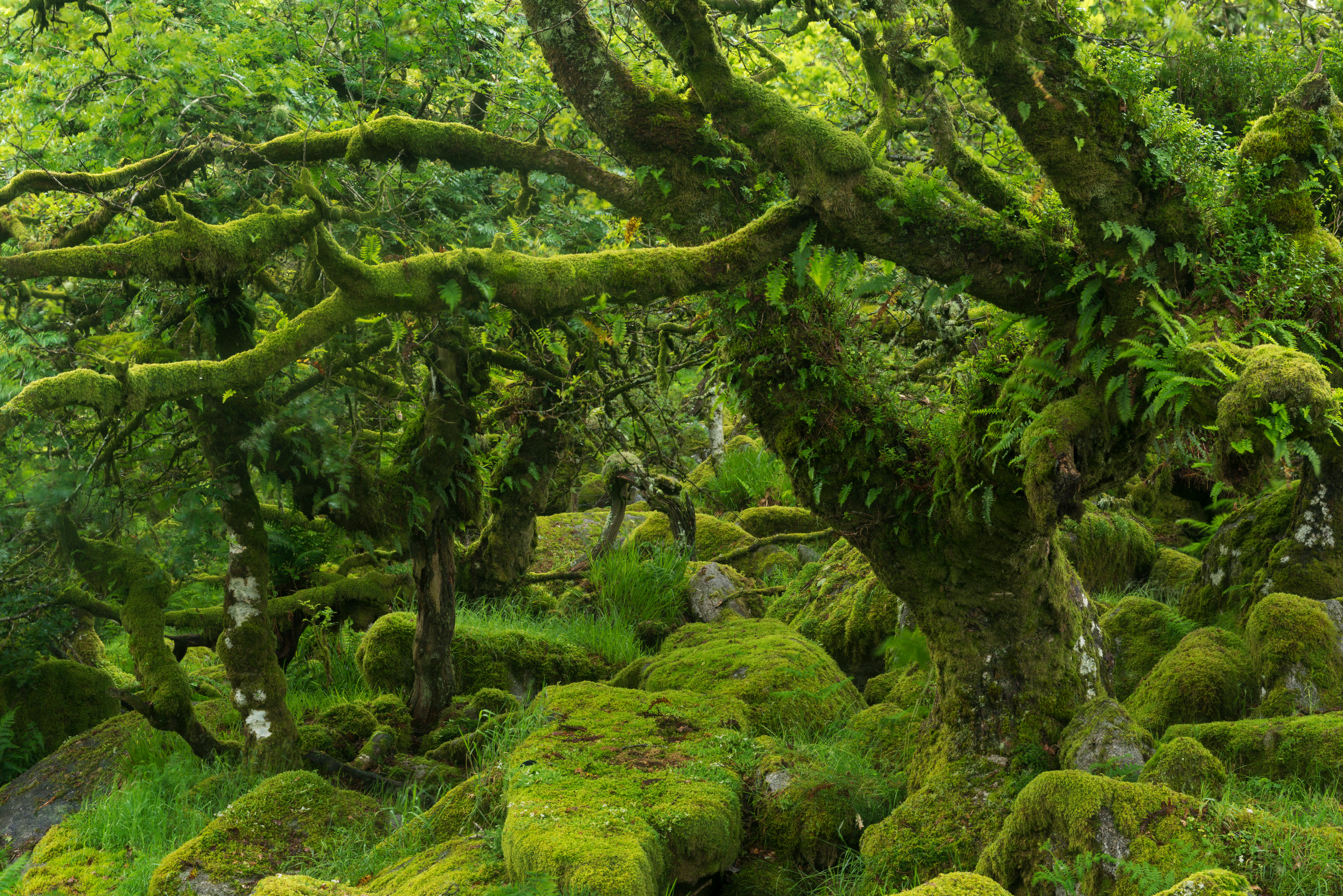
Moss: The 350-million-year-old plants that turn the unsightly 'into things radiant of beauty'
Moss is fascinating, ancient and bizarre, and grows so slowly — an inch per quarter of a century — as to make glaciers look positively speedy. Ian Morton finds out more.
By Ian Morton Published
